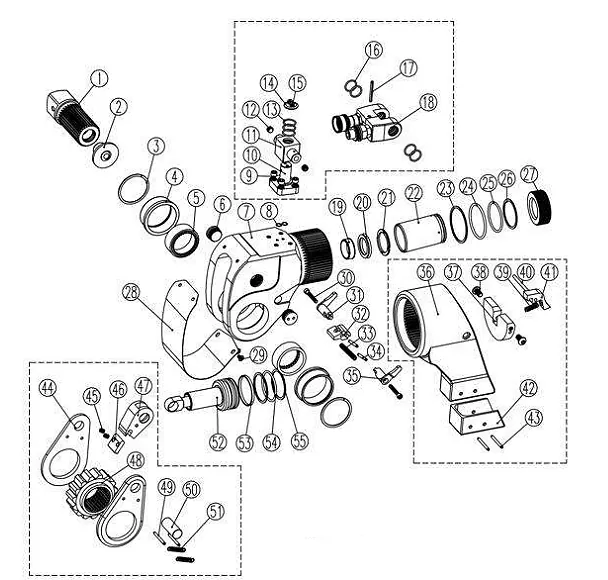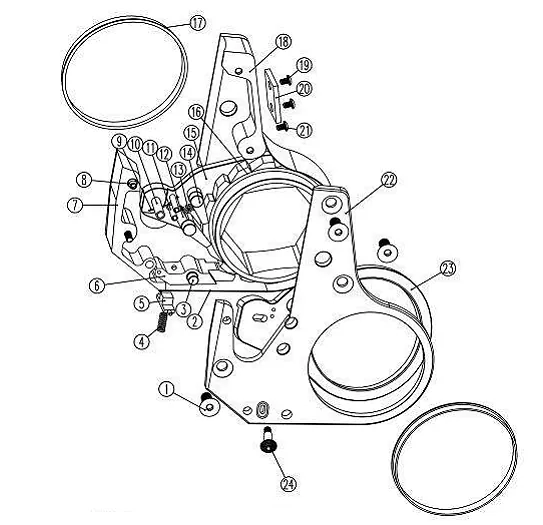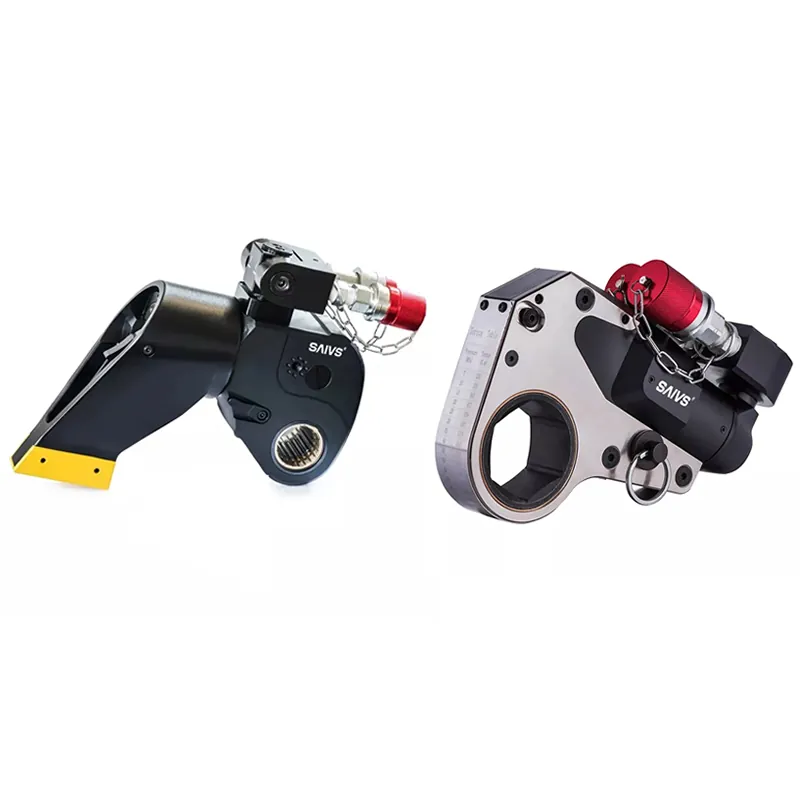Hydraulic Torque Wrench:How Does It Work
How Hydraulic torque wrenches Work?
Hydraulic torque wrenches use fluid to tighten or loosen bolts and nuts.
You can use them in many ways, like in cars, factories, and building projects.
The basic principle of operation of a Hydraulic Torque Wrench is as follows:
A hydraulic pump generates pressure in the hydraulic fluid.
The hydraulic fluid is then transferred to the Torque Wrench's piston.
The piston applies force to the torque wrench's output shaft.
The output shaft drives the torque wrench's socket, which tightens or loosens the bolt or nut.
The amount of torque that the hydraulic torque wrench can generate is
determined by the pressure of the hydraulic fluid and the area of the piston.
Types of hydraulic torque wrenches
There are two main types of hydraulic torque wrenches:
Square drive: This type of torque wrench has a square drive socket that fits into a square hole in the bolt or nut.
Low profile: This type of torque wrench has a thin, cylindrical socket that fits over a bolt or nut.
Internal structure diagram of Hydraulic Torque Wrenches

Square Drive Hydraulic Torque Wrench

Low Profile Hydraulic Torque Wrench
Square Drive vs. Low Profile Torque Wrenches
The working principle of square drive and low profile torque wrenches is the same.
The main difference between the two types is the shape of the socket.
square drive torque wrenches are generally more versatile than low profile torque wrenches.
They can be used with a wider range of bolts and nuts, and they are often more powerful.
However, square drive torque wrenches can be more difficult to use in tight spaces.
low profile torque wrenches are designed for use in tight spaces.
Square drive torque wrenches are heavier and bulkier than these, so they're harder to handle.
Square drive torque wrenches are more versatile and generate more torque than low profile torque wrenches.
How to Get the Best Performance from a Hydraulic Torque Wrench
To use a hydraulic torque wrench effectively, follow the instructions provided by the manufacturer.
Here are some tips:
1.Use the correct size socket for the bolt or nut.
2.Use the correct torque setting for the application.
3.Make sure the torque wrench is properly lubricated.
4.Inspect the torque wrench regularly for signs of wear or damage.
5.Wear safety gear.
6.Run the wrench twice at the highest scale before applying it.
7.Hold the wrench by its handle, not the hose or aligned connections.
8.Keep your hands away from the reaction bar or the boot.
Why Choose SAIVS™ as Your Supplier?
With 20 years of industry experience, SAIVS is a leading Chinese manufacturer of high-quality tools, offering competitive pricing and excellent customer service.We pride ourselves on exceptional quality control, extensive experience, and comprehensive after-sales service.
